US Airways 2008 Annual Report Download - page 11
Download and view the complete annual report
Please find page 11 of the 2008 US Airways annual report below. You can navigate through the pages in the report by either clicking on the pages listed below, or by using the keyword search tool below to find specific information within the annual report.-
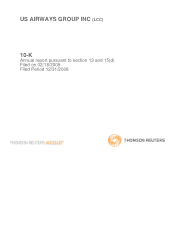 1
1 -
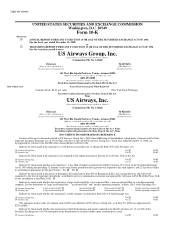 2
2 -
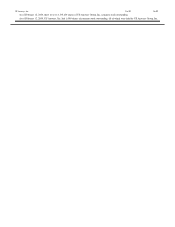 3
3 -
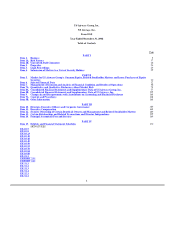 4
4 -
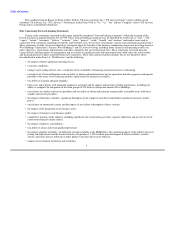 5
5 -
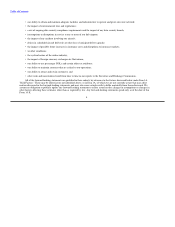 6
6 -
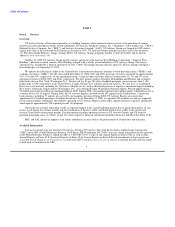 7
7 -
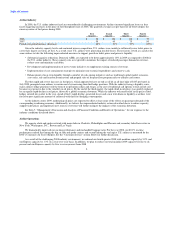 8
8 -
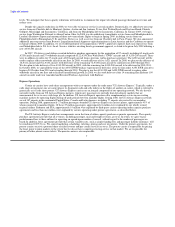 9
9 -
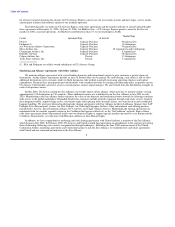 10
10 -
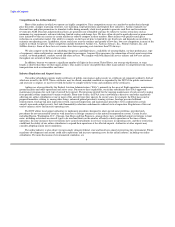 11
11 -
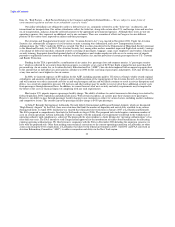 12
12 -
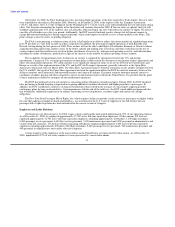 13
13 -
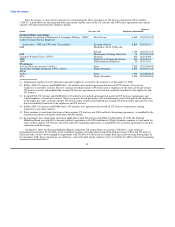 14
14 -
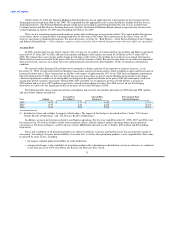 15
15 -
 16
16 -
 17
17 -
 18
18 -
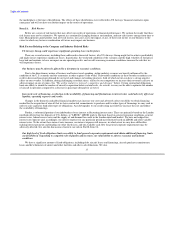 19
19 -
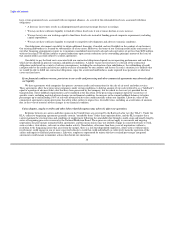 20
20 -
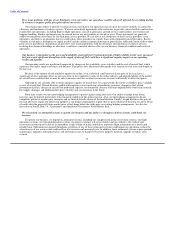 21
21 -
 22
22 -
 23
23 -
 24
24 -
 25
25 -
 26
26 -
 27
27 -
 28
28 -
 29
29 -
 30
30 -
 31
31 -
 32
32 -
 33
33 -
 34
34 -
 35
35 -
 36
36 -
 37
37 -
 38
38 -
 39
39 -
 40
40 -
 41
41 -
 42
42 -
 43
43 -
 44
44 -
 45
45 -
 46
46 -
 47
47 -
 48
48 -
 49
49 -
 50
50 -
 51
51 -
 52
52 -
 53
53 -
 54
54 -
 55
55 -
 56
56 -
 57
57 -
 58
58 -
 59
59 -
 60
60 -
 61
61 -
 62
62 -
 63
63 -
 64
64 -
 65
65 -
 66
66 -
 67
67 -
 68
68 -
 69
69 -
 70
70 -
 71
71 -
 72
72 -
 73
73 -
 74
74 -
 75
75 -
 76
76 -
 77
77 -
 78
78 -
 79
79 -
 80
80 -
 81
81 -
 82
82 -
 83
83 -
 84
84 -
 85
85 -
 86
86 -
 87
87 -
 88
88 -
 89
89 -
 90
90 -
 91
91 -
 92
92 -
 93
93 -
 94
94 -
 95
95 -
 96
96 -
 97
97 -
 98
98 -
 99
99 -
 100
100 -
 101
101 -
 102
102 -
 103
103 -
 104
104 -
 105
105 -
 106
106 -
 107
107 -
 108
108 -
 109
109 -
 110
110 -
 111
111 -
 112
112 -
 113
113 -
 114
114 -
 115
115 -
 116
116 -
 117
117 -
 118
118 -
 119
119 -
 120
120 -
 121
121 -
 122
122 -
 123
123 -
 124
124 -
 125
125 -
 126
126 -
 127
127 -
 128
128 -
 129
129 -
 130
130 -
 131
131 -
 132
132 -
 133
133 -
 134
134 -
 135
135 -
 136
136 -
 137
137 -
 138
138 -
 139
139 -
 140
140 -
 141
141 -
 142
142 -
 143
143 -
 144
144 -
 145
145 -
 146
146 -
 147
147 -
 148
148 -
 149
149 -
 150
150 -
 151
151 -
 152
152 -
 153
153 -
 154
154 -
 155
155 -
 156
156 -
 157
157 -
 158
158 -
 159
159 -
 160
160 -
 161
161 -
 162
162 -
 163
163 -
 164
164 -
 165
165 -
 166
166 -
 167
167 -
 168
168 -
 169
169 -
 170
170 -
 171
171 -
 172
172 -
 173
173 -
 174
174 -
 175
175 -
 176
176 -
 177
177 -
 178
178 -
 179
179 -
 180
180 -
 181
181 -
 182
182 -
 183
183 -
 184
184 -
 185
185 -
 186
186 -
 187
187 -
 188
188 -
 189
189 -
 190
190 -
 191
191 -
 192
192 -
 193
193 -
 194
194 -
 195
195 -
 196
196 -
 197
197 -
 198
198 -
 199
199 -
 200
200 -
 201
201 -
 202
202 -
 203
203 -
 204
204 -
 205
205 -
 206
206 -
 207
207 -
 208
208 -
 209
209 -
 210
210 -
 211
211 -
 212
212 -
 213
213 -
 214
214 -
 215
215 -
 216
216 -
 217
217 -
 218
218 -
 219
219 -
 220
220 -
 221
221 -
 222
222 -
 223
223 -
 224
224 -
 225
225 -
 226
226 -
 227
227 -
 228
228 -
 229
229 -
 230
230 -
 231
231 -
 232
232 -
 233
233 -
 234
234 -
 235
235 -
 236
236 -
 237
237 -
 238
238 -
 239
239 -
 240
240 -
 241
241 -
 242
242 -
 243
243 -
 244
244 -
 245
245 -
 246
246 -
 247
247 -
 248
248 -
 249
249 -
 250
250 -
 251
251 -
 252
252 -
 253
253 -
 254
254 -
 255
255 -
 256
256 -
 257
257 -
 258
258 -
 259
259 -
 260
260 -
 261
261 -
 262
262 -
 263
263 -
 264
264 -
 265
265 -
 266
266 -
 267
267 -
 268
268 -
 269
269 -
 270
270 -
 271
271 -
 272
272 -
 273
273 -
 274
274 -
 275
275 -
 276
276 -
 277
277 -
 278
278 -
 279
279 -
 280
280 -
 281
281 -
 282
282 -
 283
283 -
 284
284 -
 285
285 -
 286
286 -
 287
287 -
 288
288 -
 289
289 -
 290
290 -
 291
291 -
 292
292 -
 293
293 -
 294
294 -
 295
295 -
 296
296 -
 297
297 -
 298
298 -
 299
299 -
 300
300 -
 301
301 -
 302
302 -
 303
303 -
 304
304 -
 305
305 -
 306
306 -
 307
307 -
 308
308 -
 309
309 -
 310
310 -
 311
311 -
 312
312 -
 313
313 -
 314
314 -
 315
315 -
 316
316 -
 317
317 -
 318
318 -
 319
319 -
 320
320 -
 321
321 -
 322
322 -
 323
323 -
 324
324 -
 325
325 -
 326
326 -
 327
327 -
 328
328 -
 329
329 -
 330
330 -
 331
331 -
 332
332 -
 333
333 -
 334
334 -
 335
335 -
 336
336 -
 337
337 -
 338
338 -
 339
339 -
 340
340 -
 341
341 -
 342
342 -
 343
343 -
 344
344 -
 345
345 -
 346
346 -
 347
347 -
 348
348 -
 349
349 -
 350
350 -
 351
351 -
 352
352 -
 353
353 -
 354
354 -
 355
355 -
 356
356 -
 357
357 -
 358
358 -
 359
359 -
 360
360 -
 361
361 -
 362
362 -
 363
363 -
 364
364 -
 365
365 -
 366
366 -
 367
367 -
 368
368 -
 369
369 -
 370
370 -
 371
371 -
 372
372 -
 373
373 -
 374
374 -
 375
375 -
 376
376 -
 377
377 -
 378
378 -
 379
379 -
 380
380 -
 381
381 -
 382
382 -
 383
383 -
 384
384 -
 385
385 -
 386
386 -
 387
387 -
 388
388 -
 389
389 -
 390
390 -
 391
391 -
 392
392 -
 393
393 -
 394
394 -
 395
395 -
 396
396 -
 397
397 -
 398
398 -
 399
399 -
 400
400 -
 401
401
 |
 |

Table of Contents
Competition in the Airline Industry
Most of the markets in which we operate are highly competitive. Price competition occurs on a market-by-market basis through
price discounts, changes in pricing structures, fare matching, target promotions and frequent flyer initiatives. Airlines typically use
discount fares and other promotions to stimulate traffic during normally slack travel periods to generate cash flow and to maximize
revenue per ASM. Discount and promotional fares are generally non-refundable and may be subject to various restrictions such as
minimum stay requirements, advance ticketing, limited seating and change fees. We have often elected to match discount or promotional
fares initiated by other air carriers in certain markets in order to compete in those markets. Most airlines will quickly match price
reductions in a particular market. Our ability to compete on the basis of price is limited by our fixed costs and depends on our ability to
maintain our operating costs. In addition, recent years have seen the entrance and growth of low-fare, low-cost competitors in many of the
markets in which we operate. These competitors include Southwest Airlines Co., AirTran Airways, Inc., Frontier Airlines, Inc. and
JetBlue Airways. Some of these low cost carriers have lower operating cost structures than US Airways.
We also compete on the basis of scheduling (frequency and flight times), availability of nonstop flights, on-time performance, type
of equipment, cabin configuration, amenities provided to passengers, frequent flyer programs, the automation of travel agent reservation
systems, on-board products, markets served and other services. We compete with both major full service airlines and low-cost airlines
throughout our network of hubs and focus cities.
In addition, because we operate a significant number of flights in the eastern United States, our average trip distance, or stage
length, is shorter than those of other major airlines. This makes us more susceptible than other major airlines to competition from surface
transportation such as automobiles and trains.
Industry Regulation and Airport Access
Our airline subsidiaries operate under certificates of public convenience and necessity or certificates of commuter authority, both of
which are issued by the DOT. These certificates may be altered, amended, modified or suspended by the DOT if the public convenience
and necessity so require, or may be revoked for failure to comply with the terms and conditions of the certificates.
Airlines are also regulated by the Federal Aviation Administration ("FAA"), primarily in the areas of flight operations, maintenance,
ground facilities and other operational and safety areas. Pursuant to these regulations, our airline subsidiaries have FAA-approved
maintenance programs for each type of aircraft they operate. The programs provide for the ongoing maintenance of such aircraft, ranging
from periodic routine inspections to major overhauls. From time to time, the FAA issues airworthiness directives and other regulations
affecting our airline subsidiaries or one or more of the aircraft types they operate. In recent years, for example, the FAA has issued or
proposed mandates relating to, among other things, enhanced ground proximity warning systems, fuselage pressure bulkhead
reinforcement, fuselage lap joint inspection rework, increased inspections and maintenance procedures to be conducted on certain
aircraft, increased cockpit security, fuel tank flammability reductions and domestic reduced vertical separation. Regulations of this sort
tend to enhance safety and increase operating costs.
The DOT allows local airport authorities to implement procedures designed to abate special noise problems, provided such
procedures do not unreasonably interfere with interstate or foreign commerce or the national transportation system. Certain locales,
including Boston, Washington, D.C., Chicago, San Diego and San Francisco, among others, have established airport restrictions to limit
noise, including restrictions on aircraft types to be used and limits on the number of hourly or daily operations or the time of these
operations. In some instances these restrictions have caused curtailments in services or increases in operating costs, and these restrictions
could limit the ability of our airline subsidiaries to expand their operations at the affected airports. Authorities at other airports may
consider adopting similar noise regulations.
The airline industry is also subject to increasingly stringent federal, state and local laws aimed at protecting the environment. Future
regulatory developments and actions could affect operations and increase operating costs for the airline industry, including our airline
subsidiaries. For more discussion of environmental regulation, see
9
